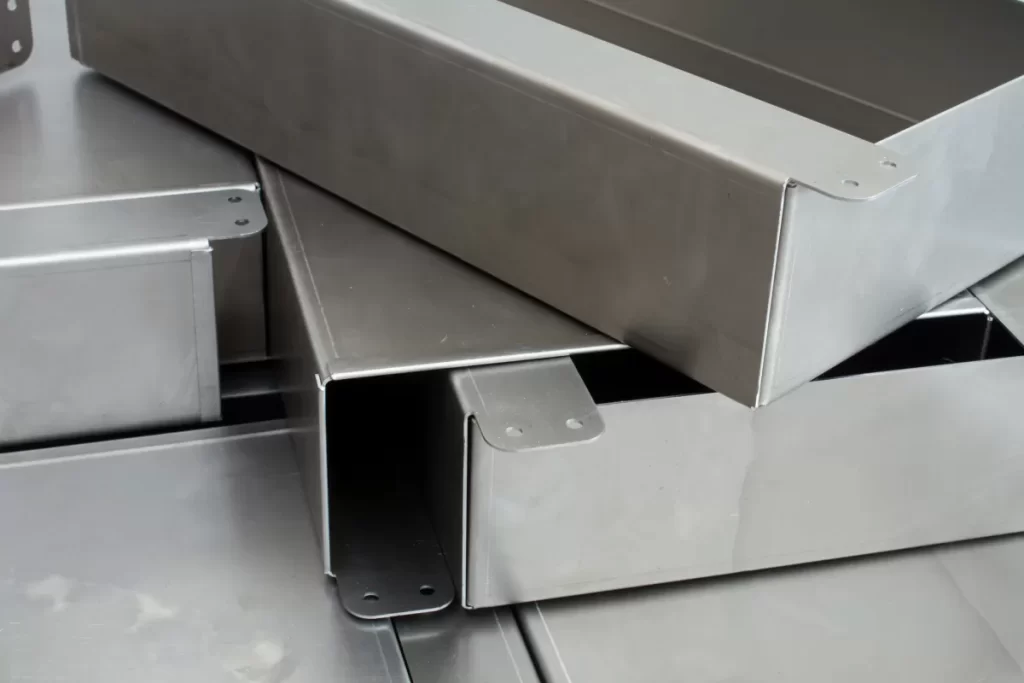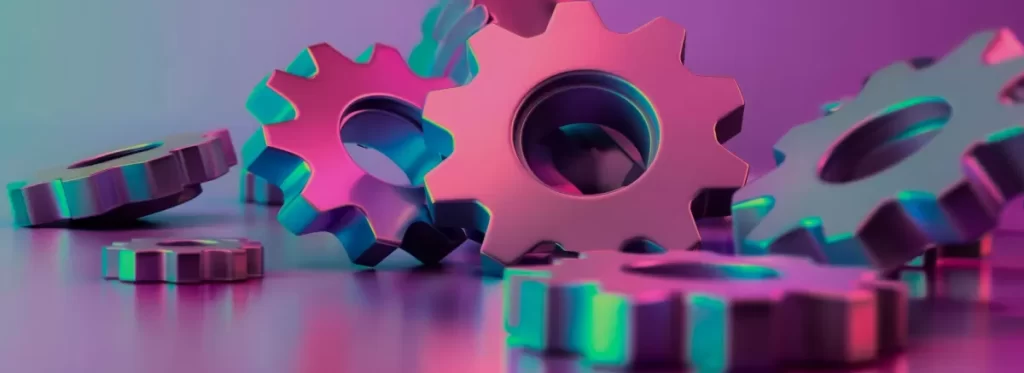Why 2D Part Design Matters for Cost and Time Reduction
If you’re wondering how to cut costs and speed up manufacturing, focusing on 2D part design is a smart move. Designing parts in 2D simplifies the entire manufacturing process by reducing complexity without sacrificing functionality. Unlike 3D parts, 2D designs are flat profiles or sheet-like components that can be efficiently produced using CNC cutting technologies such as laser, waterjet, or plasma cutting.
This simplification means fewer machining steps, less setup time, and minimized material waste. For example, a well-optimized 2D part can often be cut directly from sheet metal or flat stock with little need for additional machining. This directly translates into faster turnaround and lower labor costs.
Some key benefits of 2D part design include:
- Reduced manufacturing time: 2D parts require fewer machining operations, speeding up production.
- Lower cost: Simplified geometry often leads to less tooling, fewer materials wasted, and reduced labor.
- Improved quality consistency: Flat parts cut by CNC deliver precise, repeatable results.
- Ease of prototyping and scaling: Faster iterations and rapid ramp-up for larger runs.
In fact, many manufacturers report up to a 30% reduction in fabrication costs and a 40% decrease in lead times by shifting to 2D CNC cutting processes. Technologies like CNC laser cutting and waterjet cutting excel with 2D profiles, providing clean edges and minimal heat distortion, making these methods ideal for cost-effective manufacturing.
By embracing 2D part design, you can achieve a streamlined production cycle without compromising on quality—setting a solid foundation for cost savings and faster delivery. For more on efficient sheet metal designs, check out our article on designing sheet metal using SolidWorks.
Key Strategies for Designing 2D Parts to Save Costs
When you design 2D parts with cost savings in mind, there are clear strategies that really pay off.
Simplify Geometries to Reduce Machining Complexity
Complex shapes take longer to cut and need more precise tools. Keep your designs straightforward with clean lines and simple curves. This lowers machining time and reduces tool wear, cutting your costs significantly.
Standardize Components and Sheet Sizes
Using standard sheet sizes and repeating part designs lets you maximize material use and minimize waste. Standard components also mean fewer changes during production, saving you time and money.
Minimize Setups and Tool Changes
Each time you switch tools or reset a machine, you add time and cost. Design parts that can be cut with fewer setups and common tool paths to speed things up. Group similar parts together to cut more in one run.
Optimize Material Selection with Cost-Effective Options
Material choice has a big impact on cost. Picking affordable, readily available sheet metals or plastics keeps expenses down. Match materials to the function without overengineering to avoid unnecessary costs.
Case Study Example of Cost Savings
A local manufacturer switched from complex 3D parts to optimized 2D sheet designs. By simplifying shapes and standardizing sheet sizes, they cut machining time by 30% and reduced material waste by 20%, saving thousands annually.
Following these strategies when designing for 2D CNC cutting can drastically reduce both manufacturing time and overall expenses.
Reducing Manufacturing Time with 2D Part Design
Designing parts in 2D can speed up your manufacturing process in several ways. First, 2D CNC cutting methods like laser, waterjet, and plasma cutting allow for faster programming. Since these machines work on flat profiles, setting up the job and creating cutting paths is quicker compared to complex 3D parts. This means less time spent on programming and more time producing.
Prototyping also gets simpler and faster with 2D parts. You can quickly test designs, make changes, and get new prototypes without long waits. This streamlines your product development and helps you move from concept to production tighter and faster.
When it comes to scale, 2D designs are perfect for high-volume production. Because the cutting tools are optimized for sheet materials, you can nest multiple parts on a single sheet, maximizing material use and cutting many parts in one run. That reduces machine time per part, keeping lead times low even for large orders.
For example, many manufacturers have reported lead time reductions of up to 40% by switching to 2D CNC cutting workflows. This speed boost not only cuts costs but helps you meet tight delivery schedules more reliably.
Tools and Technologies to Support 2D Part Design
Using the right tools makes designing 2D parts for cost-effective manufacturing much easier. CAD software is a must—it helps you create accurate models and run simulations before anything hits the shop floor. This means fewer mistakes and better part quality from the start.
Design for Manufacturability (DFM) software is another powerful tool. It spots costly features early and suggests changes that can lower manufacturing time and expenses. Catching issues during design saves big headaches later on.
At HYCNC, we take this a step further with our DFM analysis service. We review your 2D part designs to pinpoint cost drivers and optimize them for CNC laser cutting, waterjet cutting services, and plasma cutting. Pairing this analysis with our expert CNC machining services means you get faster turnaround, less waste, and overall lower costs.
In short, leveraging CAD, DFM tools, and HYCNC’s CNC expertise sets you up for smarter 2D part designs that boost your bottom line.
Best Practices for Implementing 2D Part Design
To get the most out of 2D part design, start by involving your manufacturer early. This helps align your design with what’s practical and cost-effective in production. When you work together from the start, you avoid surprises that can drive up costs and delay timelines.
Next, focus on modular and self-aligning features in your part design. These make assembly quicker and reduce the chance of mistakes, speeding up manufacturing time and cutting down labor costs.
Avoid specifying tight tolerances unless they’re absolutely needed. Overly strict measurements can raise costs and increase scrap rates. Stick to realistic tolerances that meet functional needs without complicating the machining process.
Finally, think about sustainability. Designing parts to minimize waste—like nesting parts efficiently on standard sheet sizes or choosing recyclable materials—helps lower material costs and appeals to customers who value eco-friendly manufacturing.
Putting these best practices into play makes your 2D part design smarter, faster, and more cost-effective.
Challenges and How to Overcome Them
One common challenge with designing for 2D parts is the idea that they’re too simple for complex projects. People often think 2D limits what you can build. But that’s not true if you use smart design tricks like bending or modular assembly. Bending sheet metal can turn flat 2D parts into 3D shapes without adding extra manufacturing steps. Modular design breaks complicated parts into simpler pieces that fit together easily.
Another key is working closely with your manufacturer on tolerances. Tight tolerances drive up costs and slow down production. Finding the right balance between precision and practicality reduces waste and speeds things up. By collaborating early and often, you can set realistic goals that keep costs low without sacrificing quality.
These strategies help you get around 2D design limits while cutting cost and manufacturing time.
How HYCNC Can Help You Optimize 2D Part Design
At HYCNC, we specialize in CNC laser cutting, waterjet cutting, and plasma cutting—perfect for 2D parts designed to save you time and money. Our cutting-edge equipment handles everything from simple shapes to complex profiles with high precision and fast turnaround.
Partnering with us means you get more than just a job done. We bring expertise that helps you reduce manufacturing costs, speed up production, and avoid common design pitfalls. Our team works with you from the start to optimize your 2D part design for manufacturability, ensuring less waste and fewer delays.
Want to see how much you can save? Contact HYCNC today for a free design for manufacturability (DFM) analysis or a no-obligation quote. Let’s make your next project faster, easier, and more cost-effective.




